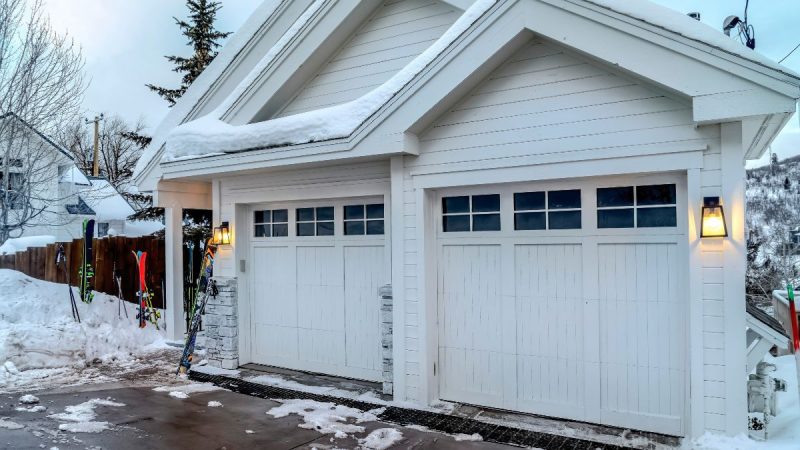What is the Role of Retaining Walls in Construction

Role of Retaining Walls in Construction
Any construction work must be done in the best possible safest way. Also, after the completion of work, the safety of the construction must be taken care of. A retaining wall is a guard wall that gives protection to a construction. It keeps your building away from soil corrosion and keeps your landscape in place. Moreover, soil falls can cause construction damage, and what is more severe than that, it can endanger physical life. So, it is necessary to have retaining walls in your building or construction site. It also looks pretty if you customize it with colors. A perfectly made and designed retaining wall can diminish soil erosion, save soil from caving in as well as increase the beauty of a property.
Moreover, considering the immense importance of retaining walls, you must know what retaining walls are in detail and how they can save property.
What Are Retaining Walls?
A retaining wall is a structure designed to combat against lateral pressure of soil. The soil is used to change ground elevation and outdo the angle of the repose of the soil.
To be precise, retaining walls support the soil laterally to maintain two different levels on the two sides. For example, if your landscape has steep, near vertical, or vertical slopes, you must make a retaining wall there. Because retaining walls help to vault the soils between two contrasting elevations.
It is also used in lands that need to shape severely. Therefore, it is likely to be engineered sometimes for more great purposes like hill station farming and roadway overpasses.
How Do Retaining Walls Work?
Retaining walls are perpendicular or near perpendicular structures designed in such a way that they can hold the soil material on one side and protect them from falling to the other side. Thus, it helps prevent the collapse of soil or prevent soil erosion. Besides, it gives support to the land where the soil’s angle of repose surpasses because of ground elevation. If it does not hold the land, the soil can collapse naturally. The distinctive trait of a retaining wall is its ability to stand firm against the high pressure excreted by the keeping soil.
- The retaining wall’s design and installation depend on the amount of soil and the pressure due to which it can collapse because of gravity.
- Depending on the inner friction and the glueyness strength of the keeping soil, the retaining wall generates lateral earth pressure behind the wall. It also depends on the magnitude and path of motion the retaining walls undertake.
- You can’t feel the lateral earth pressure at the top of the wall, but it partially increases at the topmost value at the bottom. The pressure of the lateral earth will naturally plunge the retaining wall at the front.
- Additionally, if any groundwater remains behind the retaining wall, which is not immoderate can also cause hydrostatic pressure on the wall. The pressure of everything is on one-third of the bottom of the retaining wall.
- The wall protects the water from coming into a property or road. The wastage present in the drain will also help reduce the hydrostatic pressure and enhance the soil’s strength behind the wall.
Maintenance Of Retaining Wall to Protect Your Property
If you have a new or old retaining wall, you should make periodic check-ups of it by professionals. Regular examination of your retaining wall can save guard. You must also colour the wall because colouring is a coating that will help protect it from rain, water, and mud. To illustrate, protecting your retaining wall can reduce the befalling danger on your property or construction.
Conclusion To sum up, the main work of a retaining wall is to protect the land from soil erosion and is likely to give a functional feature to the landscape. They can be a part of the construction, such as a building or a free structure. If the retaining wall is 1 ft. or 2 ft., it will require permission. However, any structure must remain organized properly and should remain well-kept.






